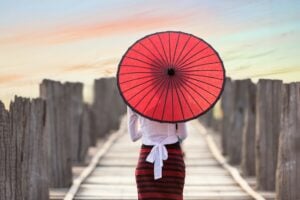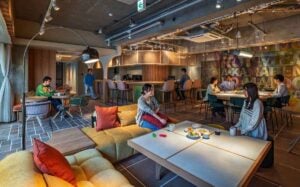
One of the inescapable things about modern Japanese culture is the presence of mascots. These cute (and sometimes scary) characters seem to be everywhere, representing individual prefectures, towns, companies, products or even special events. They are used heavily in promotion work and are often designed to show off specific regional or cultural features of places within Japan.
Popular mascots sometimes go on to become a brand by themselves, generating huge amounts of revenue through merchandising and tourism promotion. Collectively, these mascots are known as yuru-chara (ゆるキャラ), a term coined in the 2000s. The term is a combination of the Japanese word yurui (typically meaning loose but in this context is used to mean laidback) and the word character. The use of mascots became fairly prominent in the 80s and since then, they have steadily grown in popularity and have now become a very recognizable part of modern Japanese culture.
Yuru-chara have become so popular that every year, a yuru-chara grand prix is held, a contest determined by vote for the most popular yuru-chara in Japan. This competition attracts over a thousand different yuru-chara entries each year with an ever increasing number of participants as new characters are created.
In this article, we look at the different types of mascots in Japan as well as some of the more well-known and controversial ones.
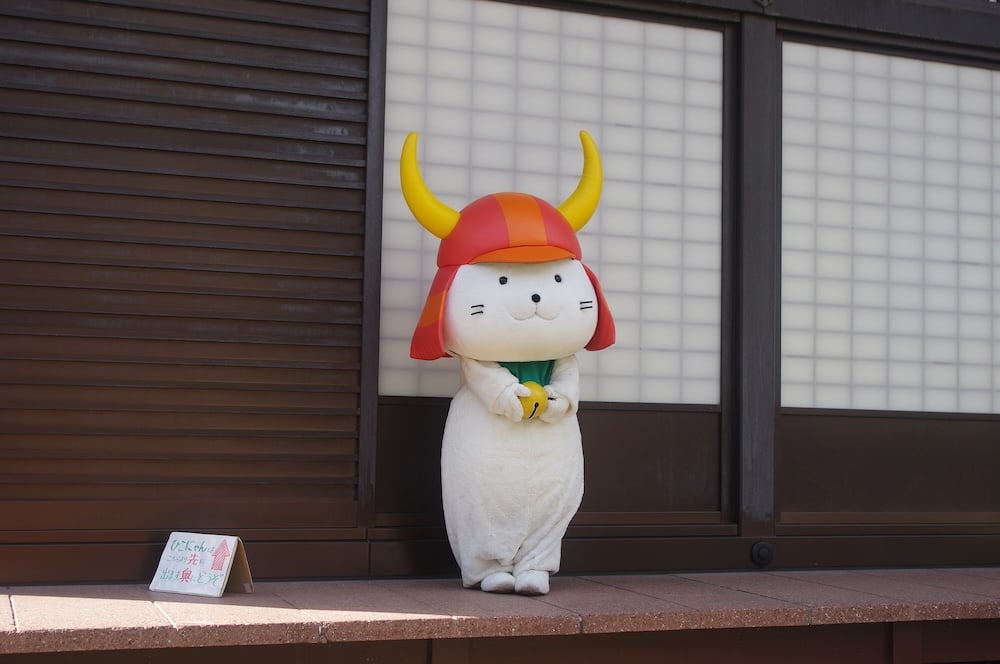
Gotochi-chara
Probably the biggest subsection of yuru-chara are what are called gotochi-chara (ご土地キャラ) which are used to promote a local area. All prefectures as well as many cities, towns and villages have their own gotochi characters that are used in order to promote the local region. Most of the time these are professionally designed but other times created by local government staff or even by a town’s citizens which can lead to some amusing or quirky designs.
Sometimes local characters can become extremely successful outside of their region. A great example of this is Kumamoto prefecture’s Kumamon. Kumamon is a bear mascot created by the Kumamoto prefectural government in 2010 to promote tourism in the prefecture. The mascot won the yuru-chara grand prix in 2011 and then went on to become enormously popular throughout Japan and still continues to earn over $1b in revenue for the prefecture each year through merchandise sales alone.
One reason for Kumamon’s success is Kumamoto’s unique licensing system. While most prefectures are extremely protective of their mascot and charge licensing fees for their usage, Kumamoto allows free usage of Kumamon’s image as long as a formal application is made and the image is used in promotion of Kumamoto. As such, Kumamon is now well-known throughout Japan and can be found almost everywhere.
Some other notable examples of gotochi-chara are:
Hikonyan: Representing the city of Hikone in Shiga prefecture, Hikonyan is a very popular mascot that is credited with increasing tourism to the area. Hikonyan is white cat wearing a samurai helmet and is based on a local legend about the lord of Hikone Castle being saved from a lightning strike by a white cat.
Funassyi: Funassyi is an interesting character in that they are not officially endorsed by their city (Funabashi in Chiba prefecture) and yet remain enormously popular despite this. Funassyi is a pear fairy, originally designed by a local citizen to promote their business and their popularity inexplicably grew from there. Unlike other mascots, Funassyi actually speaks and moves around in an excited, aggressive manner. Funassyi regularly appears on TV, has released several CDs and has had concerts. Despite this, Funassyi has still not been able to receive official approval as a mascot from Funabashi city.
Sento-kun: Sento-kun is the city mascot for Nara city in Japan and was created by the Nara City office in 2008. Sento-kun is a young boy with deer horns who also incorporates some Buddhist motifs into his design. Sento-kun is notable simply because of how controversial his design is. Compared to other gotochi-chara, Sento-kun’s design was criticised for being grotesque and of possibly being offensive to certain religious groups. Still, Nara city elected to stick with the character and he has become more popular in recent years.
Melon Kuma: Another unofficial mascot with a large following, Melon Kuma is as literal as mascots come. Yubari city in Hokkaido is famous for bears and for melons so fittingly this mascot is a bear with a watermelon for a head. Rather than go with a cute mascot, the creators have decided to go with a terrifying version of a bear which makes Melon Kuma unique.
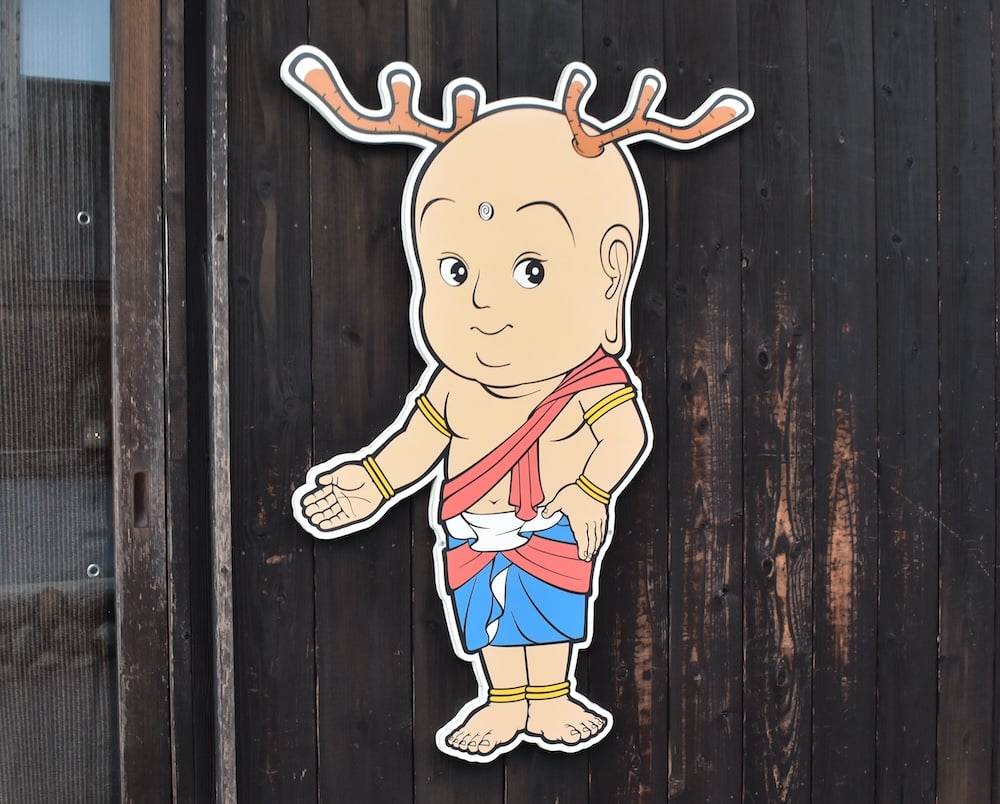
Other Yuru-Chara
Outside of the regional mascots fall a range of company and event mascots. These can represent things such as local government departments, private companies, farming organisations or events both large and small including film festivals, sports festivals or conferences.
A notable yuru-chara in this category that you may see a lot of at the moment is Myaku-Myaku, the mascot for Osaka Expo 2025. Even by the standards of yuru-chara, Myaku-Myaku is a bizarre design. According to his official biography, Myaku-myaku is “A mysterious creature born from the unification of cells and water.” A weird humanoid creature adorned with eyeballs, Myaku-myaku’s appearance is almost Lovecraftian, but in an oddly cute style. The mascot has proven to be very popular with merchandise selling very well.
Professional Mascots
Not all mascots in Japan are considered yuru-chara. A yuru-chara expresses a certain amateurish design and a local charm and as such, there are a whole bunch of mascots in Japan that don’t fit within the designation. These professionally created mascots are ineligible to participate in things such as the yuru-chara grand prix. These include things like mascots for professional sports teams and mascots for major corporations. These types of professional mascots may not even have a costumed version of their character which in itself is a requirement for a yuru-chara.
An example of this type of professional mascot is Domo, the official mascot for Japan’s national broadcaster NHK. Domo is a furry brown monster with sharp teeth that often appears in NHK’s programming. His cute and slightly frightening design is very much in the yuru-chara mould as is his popularity which has even expanded worldwide. However his position as a mascot for a very large media entity places him outside of the typical mascot category.
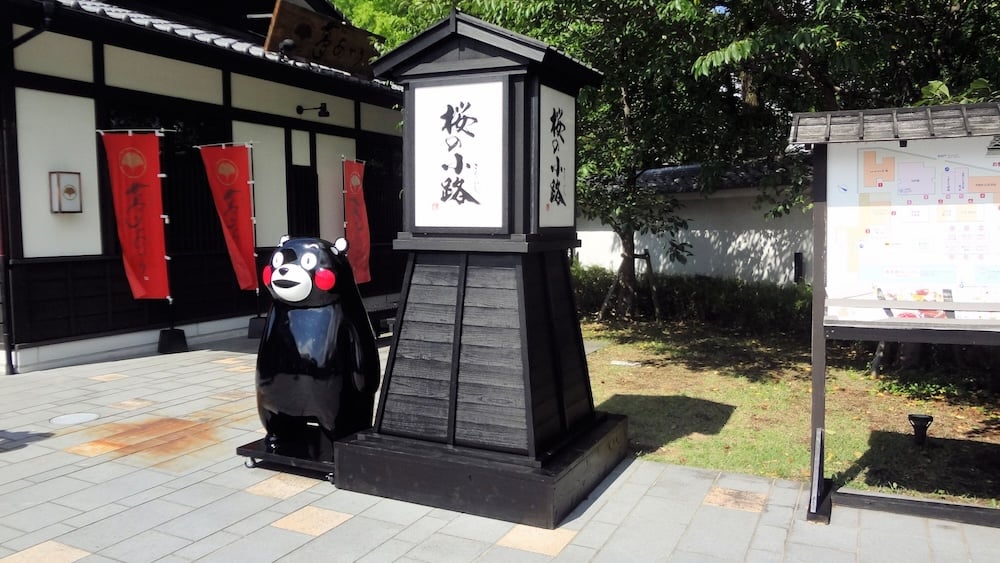
Mascots are a fascinating feature of modern Japanese culture. While they are very silly at times, there is such a simple joy and creativity that goes into each one that you probably can’t help but smile when you see them. With so many of them being created every year, they remain an object of endless interest for many people within Japan and without.





